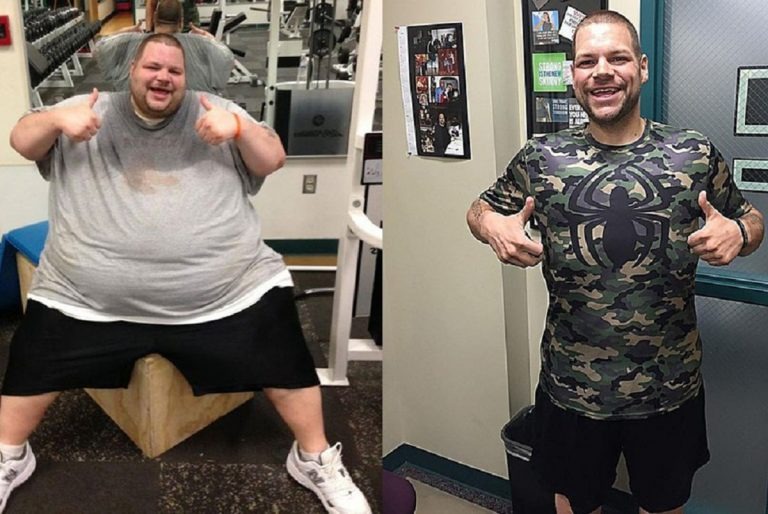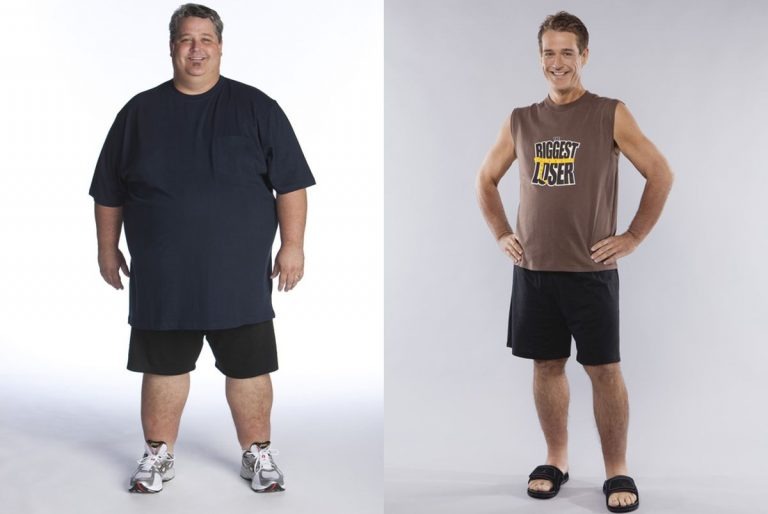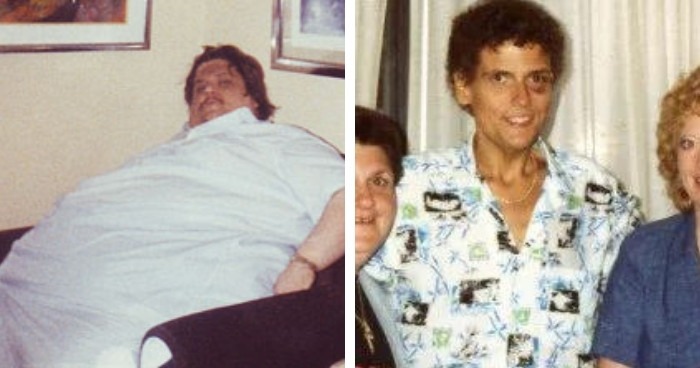When it comes to weight gain, many people are quick to blame a lack of willpower. But that explanation barely scratches the surface. Sure, diet and exercise matter—but so do genetics, hormone levels, mental health, and emotional trauma. For some people, losing weight is like running a marathon in sand.
That doesn’t mean change is out of reach—it just means that the road to weight loss can be more challenging for some than for others. While a few might be on “easy mode,” others are grinding it out on “hard mode,” even if they’re following the same plan.
These incredible transformations show that lasting change is possible—with patience, support, and persistence:
David Elmore Smith
Weight Lost: 408 lbs (from 650 lbs)
Dubbed the “650-pound virgin,” David worked with trainer Chris Powell and began his journey with small, manageable goals. His consistency paid off.
Ronnie Brewer
Weight Lost: 397 lbs + 35 lbs of excess skin (from 675 lbs)
Ronnie overhauled his lifestyle with intense workouts and healthy eating—and yes, he even lifted weights to Taylor Swift songs for motivation.
Danny Cahill
Weight Lost: 238 lbs (from 430 lbs)
A former winner of The Biggest Loser, Danny’s story also shows the tough reality of post-weight-loss struggles, including a slowed metabolism.

Brian Flemming
Weight Lost: 364 lbs (from 623 lbs)
After years of battling depression and food addiction, Brian turned his life around—starting with workouts in his living room—after his mother’s health scare gave him a wake-up call.

Mike Hebranko
Weight Lost: 708 lbs (from 906 lbs)
Once one of the world’s heaviest men, Mike lost an astonishing amount of weight before relapsing. His journey is a sobering reminder: keeping the weight off can be just as hard as losing it.

Paul Mason
Weight Lost: 648 lbs (from 980 lbs)
Once known as the world’s heaviest man, Paul’s transformation included bariatric surgery and therapy to address years of emotional trauma.

The Bottom Line:
Weight loss isn’t just about “trying harder.” It’s about facing a deeply personal challenge with the right tools, support, and mindset. These stories prove that even in the most extreme cases, change is possible—and that every journey deserves understanding, not judgment.





